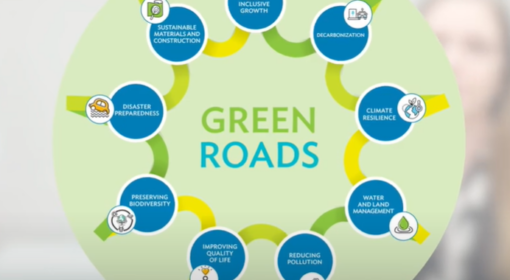Europe, and indeed the world, is facing a colossal challenge: how can we protect our precious ecosystems and maintain the services which we depend on? Accompanying the development of a comprehensive green infrastructure strategy, the EU is working hard to preserve and develop the myriad green areas that comprise Europe’s ‘green infrastructure’. By doing so, both the health and quality of life enjoyed by EU citizens will be improved.
With around 80% of the EU’s population now living in towns or cities, and with the spectre of climate change looming large, taking care of the vital green infrastructure that connects and breathes life into urban and rural habitats has never been more important. Green infrastructure can be defined as a strategically planned network of high-quality green spaces and environmental features. The concept includes work on issues such as recreation, green spaces, climate change mitigation, halting species decline, the use of land resources, water delivery, resistance to natural disaster and much more.
Achieving thriving biodiversity throughout the EU is vital to addressing numerous challenges of the modern age, from climate change adaptation and mitigation to long-term economic stability. Something as seemingly harmless as the decline in bee populations, for example, could have a negative economic impact on agriculture exceeding EUR 20 billion a year. Such problems and many others potentially affect each and every citizen and are very real, current issues to be tackled.
Two main projects are examined in this video:
– The UrbanBees project in Lyon (France) which is designed to halt a decline in the wild bee population that threatens agriculture and the environment;
– A Natura 2000 site in Latvia which aims to protect endangered species such as the fire-bellied toad and the European smooth snake.
In terms of the benefits, from a social perspective, around 83 % more people engage in social activity in green spaces than urban spaces, contributing to social cohesion. Moreover, the prevalence of green spaces and parks has been linked to increased life expectancy and a reduction in chronic disease such as high blood pressure, arthritis and even certain types of cancer.
More info: wwww.mostra.com
Produced by: www.mostra.com
Year: 2013
Language: English, english subtitles
Region: Europe
Produced by: www.mostra.com
Year: 2013
Language: English, english subtitles
Region: Europe
